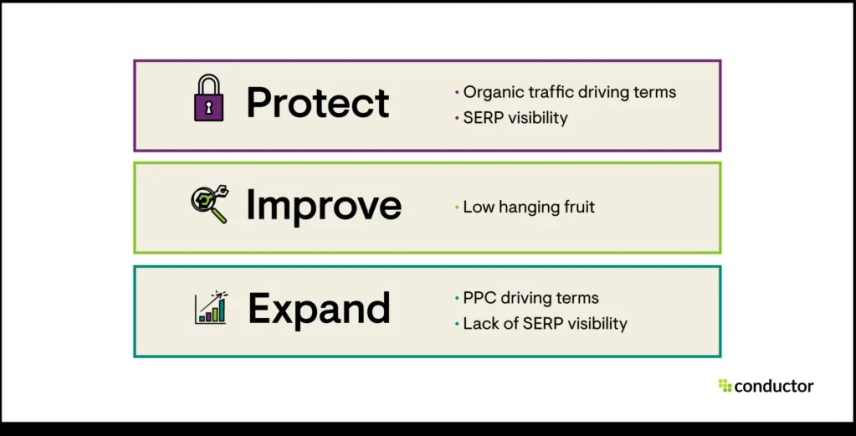The Role of Secondary Dimensions in Google Analytics: Definition and Insights for Advanced Information Evaluation
Introducing the Impact of Secondary Measurement in Google Analytics on Data Evaluation and Insights
In the world of information analytics, the usage of second dimensions within Google Analytics has actually emerged as a pivotal device for removing much deeper insights and unraveling complicated patterns that may otherwise remain obscured. By peeling off back the layers of key data sets, secondary dimensions provide a nuanced perspective that enhances the understanding of individual actions, site performance, and the effectiveness of advertising and marketing methods.
Exploring the Principle of Secondary Dimensions
Secondary measurements in Google Analytics offer added insights by permitting customers to evaluate main information in conjunction with a second characteristic. By integrating additional dimensions, individuals can dig much deeper into the information and discover important correlations that might or else go undetected - what is a secondary dimension in google analytics.
Understanding the concept of secondary measurements is critical for optimizing the potential of Google Analytics. It permits customers to sector information efficiently, determine patterns, and make educated choices based upon an extra complete photo of their analytics data. By exploring the numerous additional dimensions available in Google Analytics, customers can unlock brand-new understandings and enhance their digital advertising and marketing efforts. Basically, additional dimensions offer as a powerful tool for boosting information analysis and driving workable outcomes.
Enhancing Data Analysis With Secondary Dimensions
Having actually established the foundational understanding of secondary dimensions in Google Analytics and their essential role in information evaluation, the focus now shifts in the direction of leveraging these secondary credit to enhance the interpretation of analytics information (what is a secondary dimension in google analytics). By incorporating second dimensions into data evaluation, experts can obtain deeper insights right into individual habits, web site efficiency, and marketing efficiency

Furthermore, additional dimensions assist in contextualizing key data metrics by offering added layers of information. This contextualization help in understanding the 'why' behind the information fads, helping analysts make informed decisions and optimizations to improve general performance. Inevitably, integrating second dimensions improves the data analysis process, resulting in more purposeful understandings and strategic actions.
Discovering Hidden Insights Through Second Measurements
Discovering the midsts of analytics data with additional dimensions exposes important understandings that would certainly otherwise continue to be obscured. By integrating secondary dimensions in Google Analytics, organizations can uncover surprise patterns, patterns, and relationships that supply a more extensive understanding of individual actions and web site efficiency. These added layers of data allow experts to dig deeper into the key measurements, such as website traffic sources or touchdown pages, and get a much more nuanced viewpoint on how various variables interact with each other.
Via the use of second dimensions, experts can segment and compare data throughout different dimensions, allowing them to identify certain elements that influence customer involvement, conversion prices, and general success metrics. By combining the main dimension of 'device classification' with the second measurement of have a peek here 'age group,' marketers can pinpoint which age demographics like accessing the site through mobile tools versus desktops.
Leveraging Secondary Dimensions for Actionable Analytics
Structure upon the insights introduced via additional measurements in Google Analytics, organizations can currently harness this enriched data landscape to drive workable analytics and tactical decision-making. By leveraging additional measurements, companies can delve deeper into their data to remove valuable patterns, fads, and relationships that might have previously gone undetected. This deeper degree of evaluation enables organizations to acquire an extra comprehensive understanding of user habits, campaign efficiency, and total web site effectiveness.
One trick advantage of making use of second dimensions for workable analytics is the ability to segment data based on specific requirements. This division enables companies to tailor their campaigns and methods to different target market groups, bring about more targeted and reliable marketing efforts - what is a secondary dimension in google analytics. Furthermore, secondary measurements give a more alternative sight of user communications, allowing companies to enhance their web site web content, click here to find out more design, and overall user experience
Making Best Use Of Decision-Making With Second Dimensions
To boost tactical decision-making in analytics, leveraging additional dimensions in Google Analytics can provide an extra nuanced perspective on user behavior and campaign performance. By including second measurements right into information analysis, companies can dive deeper into the specifics of their website visitors' communications and interaction patterns. This added layer of information enables a much more comprehensive understanding of how different variables, such as demographics, tools, or web traffic sources, effect crucial performance indications.

Verdict
To conclude, using secondary measurements in Google Analytics plays a crucial role in enhancing information evaluation and uncovering covert insights. By discovering this idea, one can acquire a deeper understanding of user behavior and make notified choices based on actionable analytics. Leveraging second dimensions allows for an extra detailed analysis of data and optimizes the efficiency of decision-making processes.
